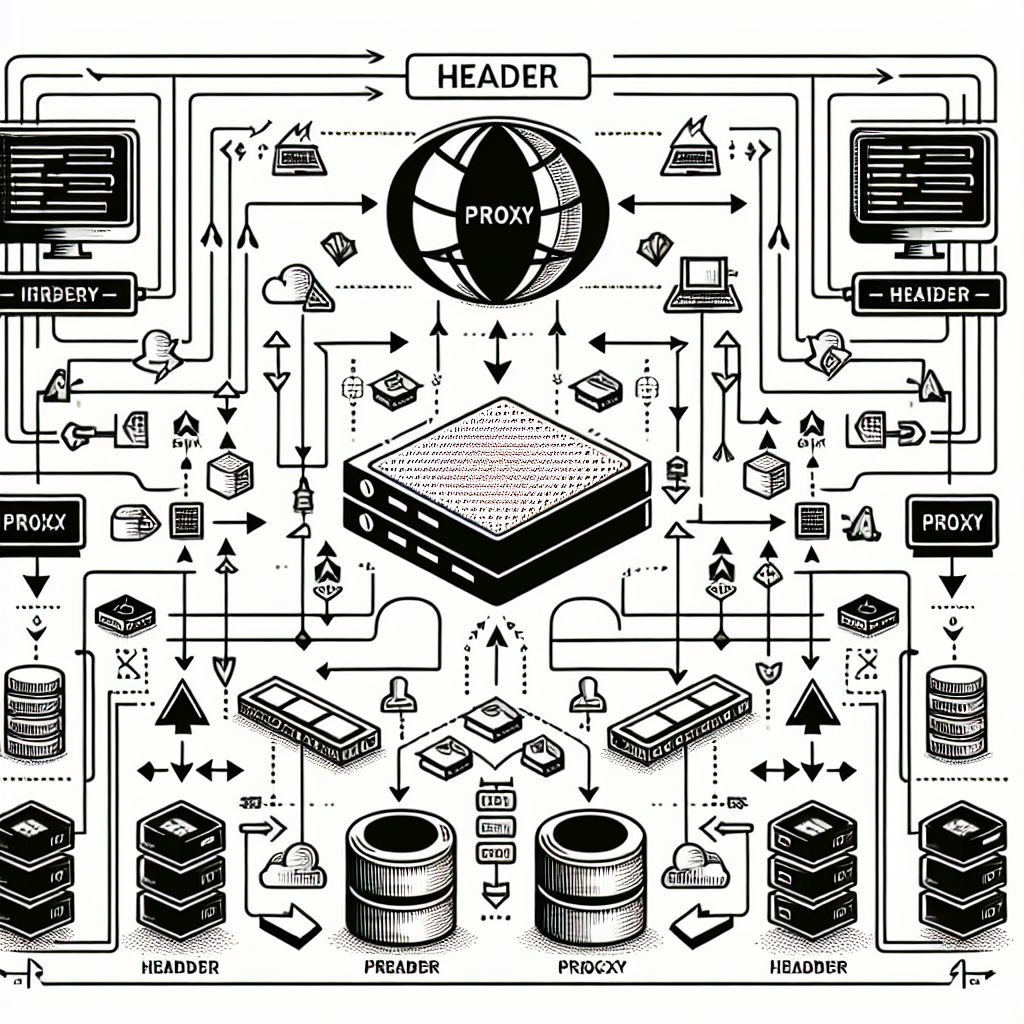Understanding Headers in Proxy Usage
In the intricate dance of data transfer, headers play a role akin to that of a well-mannered doorman at an exclusive club. They provide essential information about the data being sent or received, ensuring that everything flows smoothly and the right messages get to the right people. Let’s peel back the layers of this concept, revealing the importance of headers in the context of proxy usage.
What are Headers?
At its core, a header is a piece of metadata that accompanies a request or response in web communication. Think of it as a cover letter for your favorite novel; it sets the stage for what’s to come. Headers can provide information about the content type, the encoding used, the sender’s identity, and even instructions on how to handle the data. In the world of HTTP (Hypertext Transfer Protocol), headers are key players in determining how web clients and servers communicate.
How Does It Work?
When you send a request through a proxy—a server that acts as an intermediary between your device and the internet—headers are included in that request. The proxy receives the request, reads the headers, and then forwards it to the intended server. This allows the proxy to modify the request if necessary—perhaps to anonymize your identity or to cache data for faster future access.
When the server responds, it too sends back headers along with the requested content. The proxy can again read these headers to determine how to handle the incoming data before passing it along to you.
Why is it Important for Proxy Users?
For proxy users, headers are critical for several reasons:
-
Anonymity and Privacy: Headers can be manipulated to hide or modify your IP address, making it harder for websites to track your online behavior.
-
Content Delivery: Headers can include caching instructions, which help in speeding up access to frequently requested content by storing it closer to the user.
-
Security: Certain headers can provide security measures, like enforcing HTTPS connections, ensuring that your data is transmitted securely.
-
Customization: Users can tailor headers to optimize their experience, such as changing the language of the content retrieved or requesting specific formats.
A Simple, Real-World Example
Imagine you’re at a restaurant (the internet), and you want to order a dish (a web page) through a waiter (the proxy). When you place your order, you provide the waiter with specific details: your name, the dish you want, any dietary restrictions, and perhaps even your preferred cooking style. This information is akin to headers.
The waiter then takes your order to the kitchen (the server) and presents it along with the details you provided. The kitchen prepares the dish according to your specifications and includes its own notes—like how it should be served and what ingredients were used—in the return order. The waiter brings this back to you, ensuring that your meal is just as you wanted it.
In this analogy, the headers played a vital role at every step, ensuring clarity and precision in communication. So, the next time you browse the internet through a proxy, remember that behind the scenes, headers are working diligently to ensure your requests and responses are as smooth and efficient as possible. They are the unsung heroes of your online experience, quietly orchestrating the complexities of data exchange with the grace of a well-rehearsed ballet.

Comments (0)
There are no comments here yet, you can be the first!